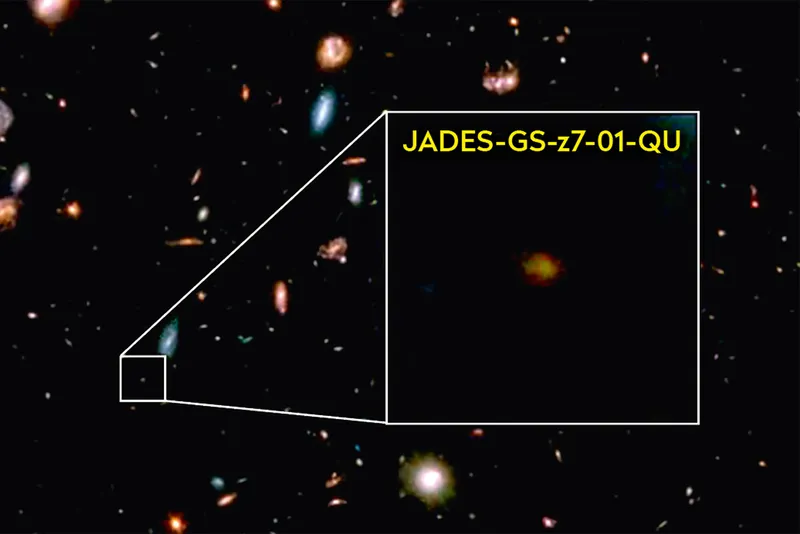The oldest-ever ‘dead’ galaxy, which stopped making stars a mere 700 million years after the Big Bang, has been spied by astronomers.
JADES-GS-z7-01-QU was identified in recent images taken by the James Webb Space Telescope.

It appears the galaxy had previously been voraciously producing stars.
Then, around 10 to 20 million years before the time at which it’s now being observed, star formation suddenly stopped, or quenched.
Galaxies stop producing stars when they run out of gas, but there are many ways this gas can disappear.
They also don’t usually occur until much later in the galaxy’s life.
"We’re looking for other galaxies like this one in the early Universe, which will help us place some constraints on how and why galaxies stop forming new stars," says Francesco D’Eugenio, from the University of Cambridge.
"It could be the case that galaxies in the early Universe ‘die’ and then burst back to life. We’ll need more observations to help us figure that out."
